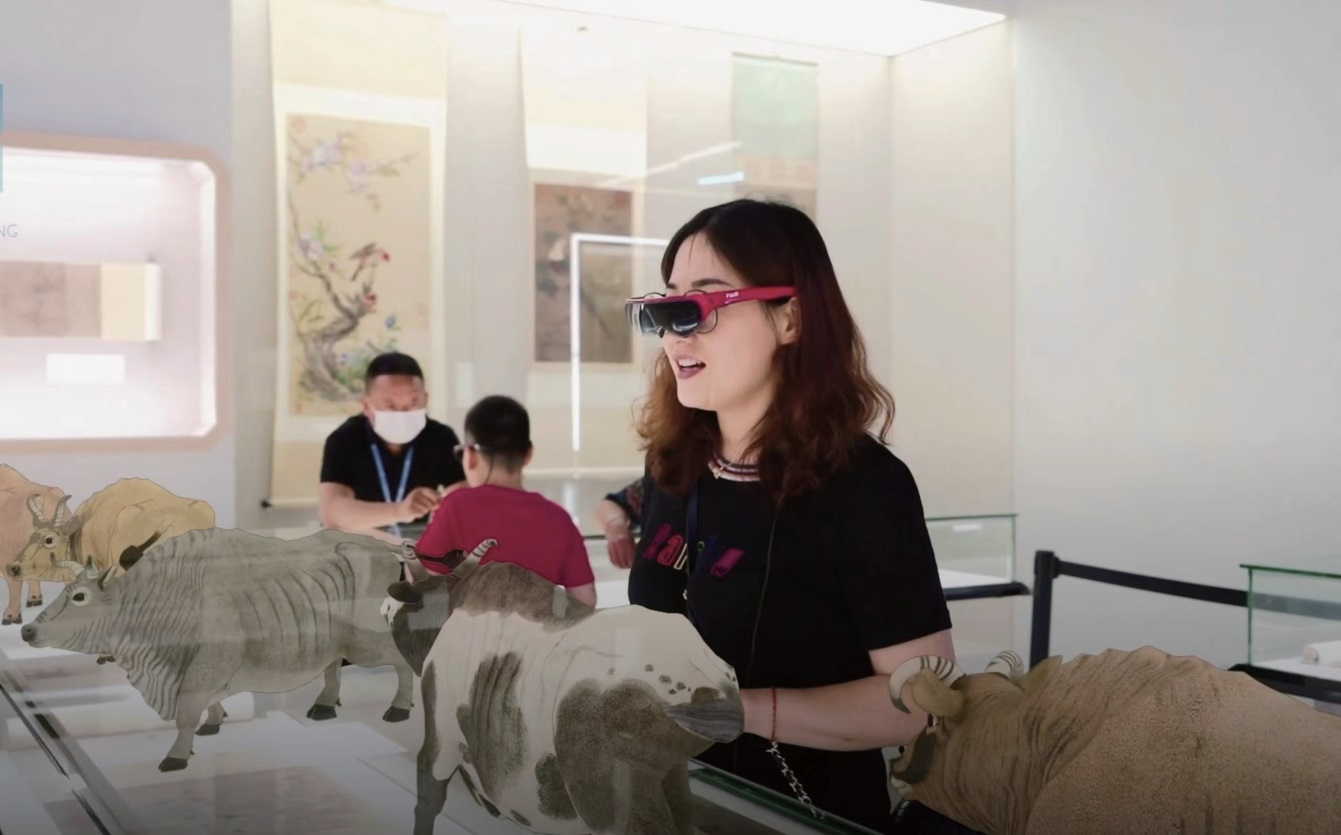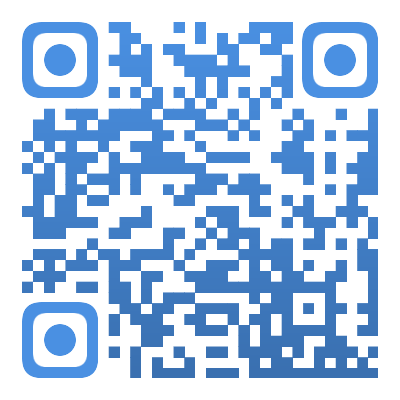In recent years, the extended reality (XR) market has developed rapidly. A market research report by Technavio has shown that the global augmented reality (AR) market is expected to grow by USD 76.99 billion in 2020-2024. XR development in China enjoys the support of government policymaking. According to some statistics, 160 incentive policies were issued nationwide in the first half of 2021 alone. Of those, 39 involved the development of virtual reality (VR)/AR-related industries, 37 the promotion and display of VR/AR, 23 the development of VR/AR culture and tourism industry, and 17 the use of VR/AR in education and training.
Education is the foundation of a country, and reinvigorating the country through science and education has become a national strategy. Encouraged by national policies, some XR market entities are also attempting to use related technologies to promote the modernization of education and a fairer distribution of educational resources.
Rokid is an XR enterprise that has succeeded in producing and selling optical waveguide intelligent glasses on a large scale and has accumulated a full set of self-developed algorithms, operating systems, chips, optics, and structural designs and software.
Rokid has responded to current policy and development demands to apply XR technology to education. First, launching an integrated platform for educational product design and development. An integrated platform for creating and publishing Rokid educational products has been established on the basis of the Rokid developer platform in keeping with AR product design and development requirements for a simple environment, improved interface, and good functional compatibility. Second, introducing Rokid basic subject tools. Rokid designs and produces common tools for mathematics (mainly solid geometry), physics, chemistry, biology, and science among other subjects in primary and secondary schools (including vocational schools). The tools are scientifically-designed and highly usable and can boast seamless platform compatibility. Third, exploring characteristic educational scenarios. Rokid has built a series of characteristic scenario models to facilitate the application of specific educational knowledge without a need for code. For example, safety education scenarios such as electricity use, earthquake, drug prevention, and drowning prevention, and subject education scenarios such as biological growth process demonstrations. The fourth step looks to the design and release of standards based on Rokid educational products. Continuous design and production on the platform call for the creation and publication standards for media element formats, attributes and standard code interfaces. Finally, there is a need for designing and releasing tutorials for Rokid platform. For example, the release of design, development process and standard explanation through the platform on the web, the development document integration page of SDK and common codes, as well as comprehensive case presentation and solutions.


AR Glasses Developed by Rokid
In its exploration of educational XR, Rokid will attempt to highlight six aspects of AR technology in educational applications. First, three-dimensional and intuitive display. AR technology’s ability to simulate and interact makes it possible to present abstract and obscure knowledge in a three-dimensional way, illuminating even the most incomprehensible cell structures and chemical reactions. Second, a combination of physical and virtual realities. AR can be used as an extension of textbooks. Scan a textbook and AR content appears, presenting information in a richer, more meaningful way and combining reality and imagination to make learning more effective. Third, high-level interactivity. With AR, students will no longer need to memorize complex knowledge by rote but will experience each knowledge point personally. The multi-person AR function also allows students to participate in the learning process in a collaborative way, which makes learning fun. Fourth, discovery learning. AR in education adopts the discovery learning model to provide a rich and stereoscopic learning environment, so that students can explore knowledge by themselves and enhance their learning experience. Fifth, game-based learning. The visual capabilities and interactivity of AR are naturally conducive to attractive game-based teaching content, which greatly enhances the willingness of students to learn, stimulates interest in learning, and improves the overall effect by making education fun. Finally, there is the striving to be safe and open and encourage others to learn happily. AR is open, and students can see both virtual 3D content and the real physical environment around them, making for open interaction and ensuring that there are no safety concerns related to wearing VR equipment.
Rokid is committed to deepening educational XR in the future, creating a standardized AR education platform, and collecting various kinds of educational AR content for all ages and subjects. As a cutting-edge, high-quality teaching tool that is eminently reproducible, it aims for nationwide adoption for a more efficient, enjoyable, and safe teaching experience. (This case has been recommended and provided by Rokid.)
Recommended reading
Consulting cooperation
Enterprise Email: secretariat@tech4sdgaa.org






